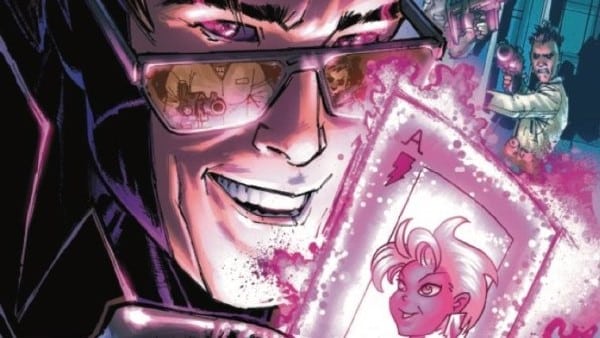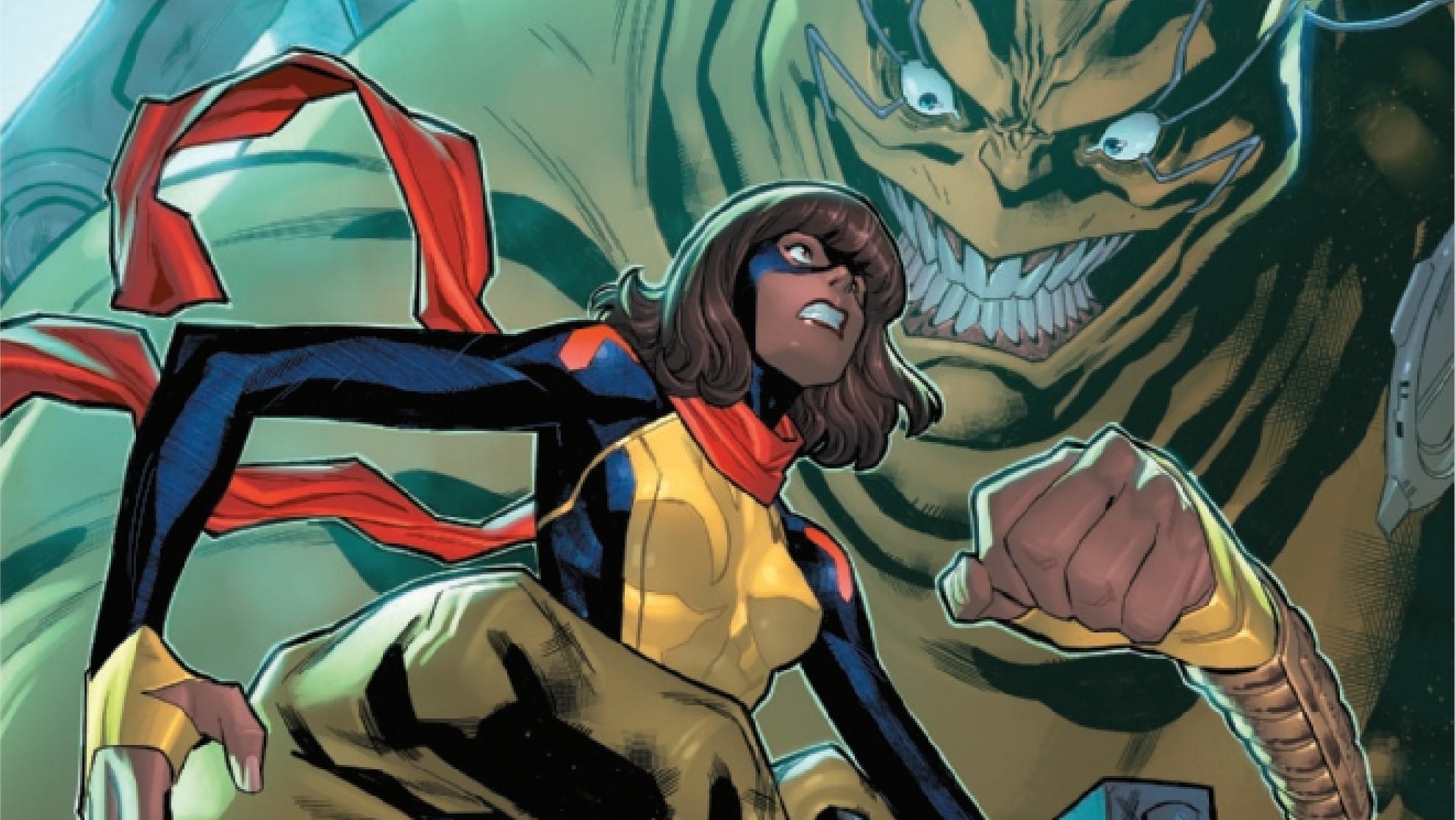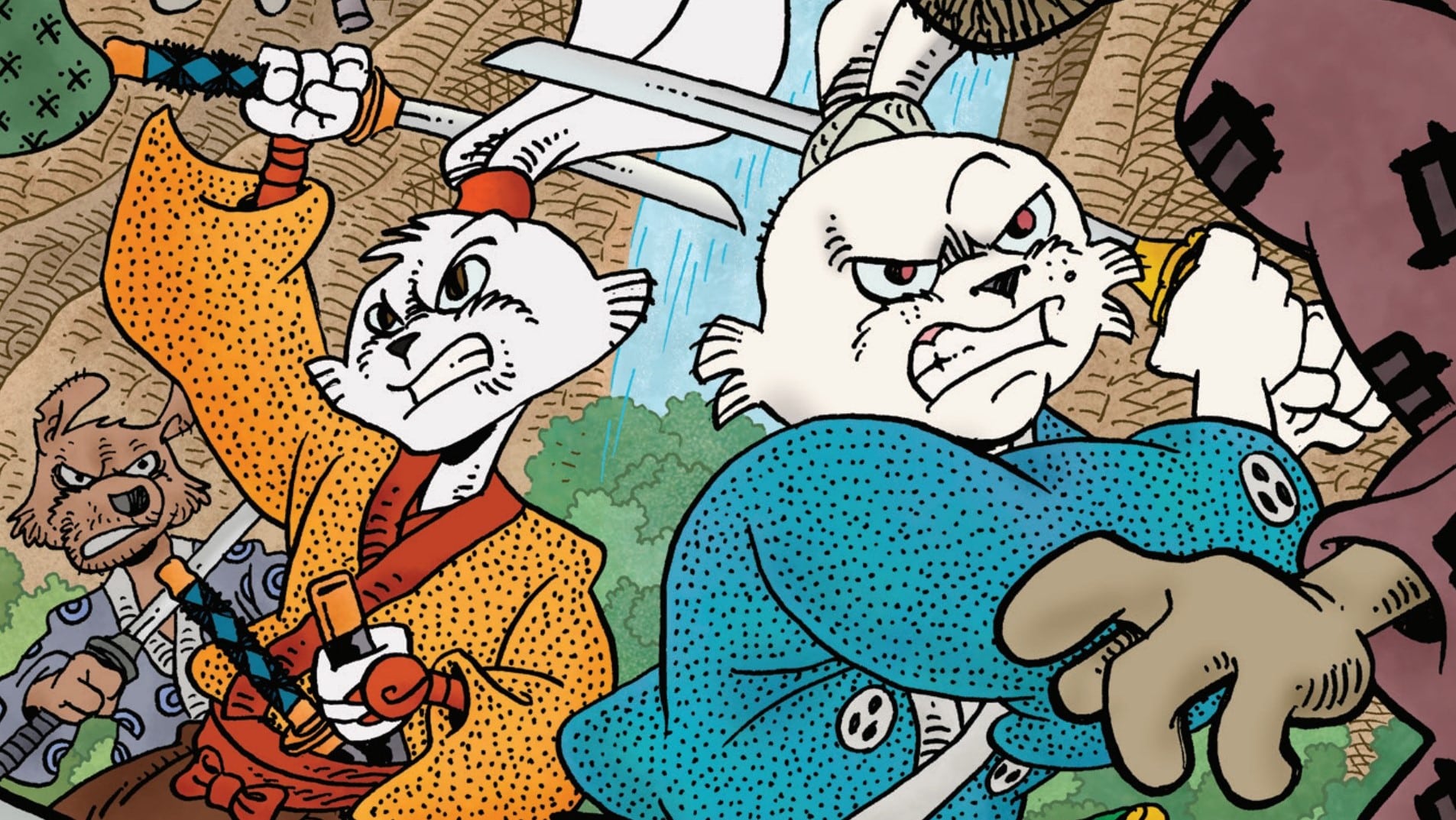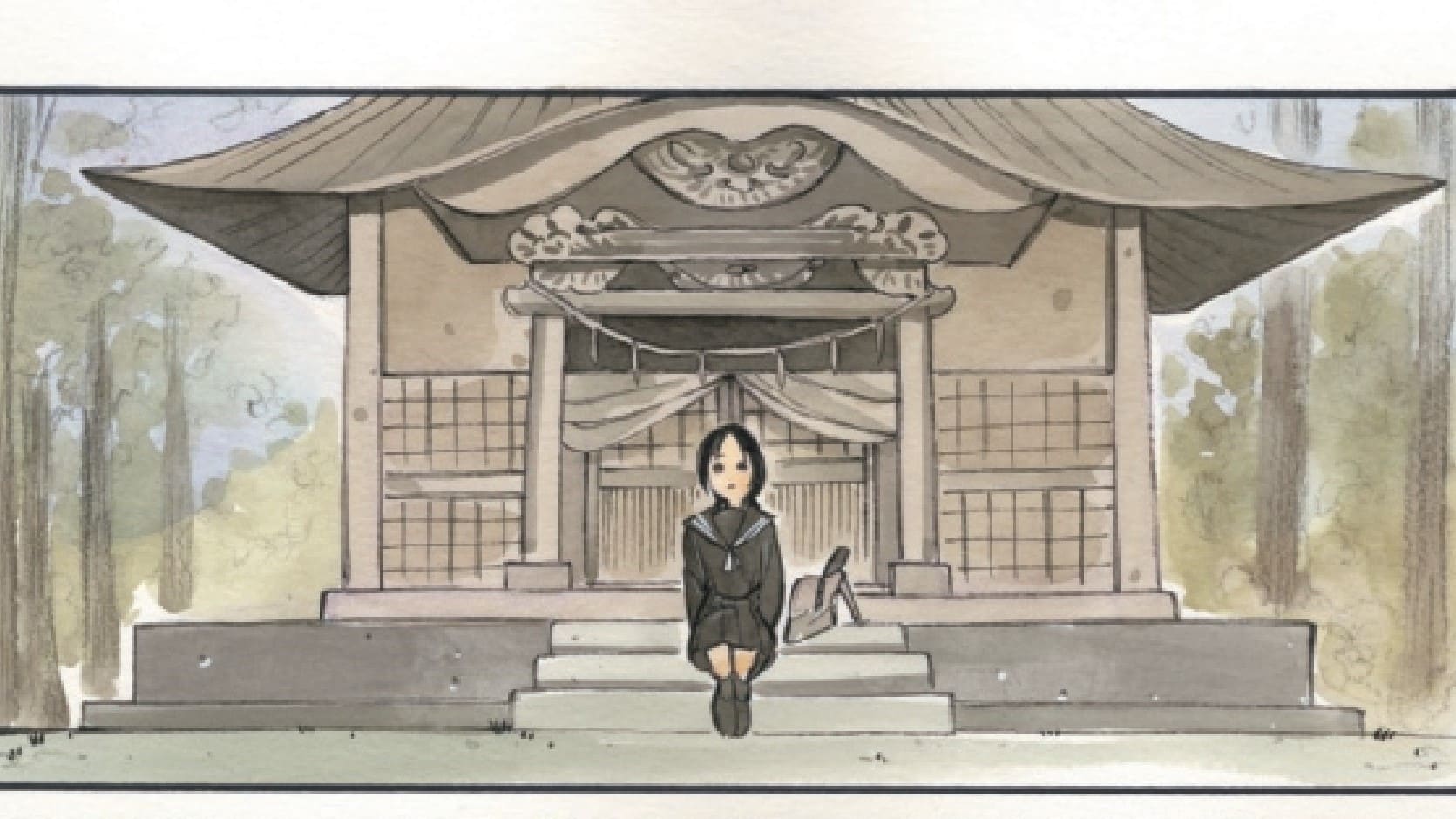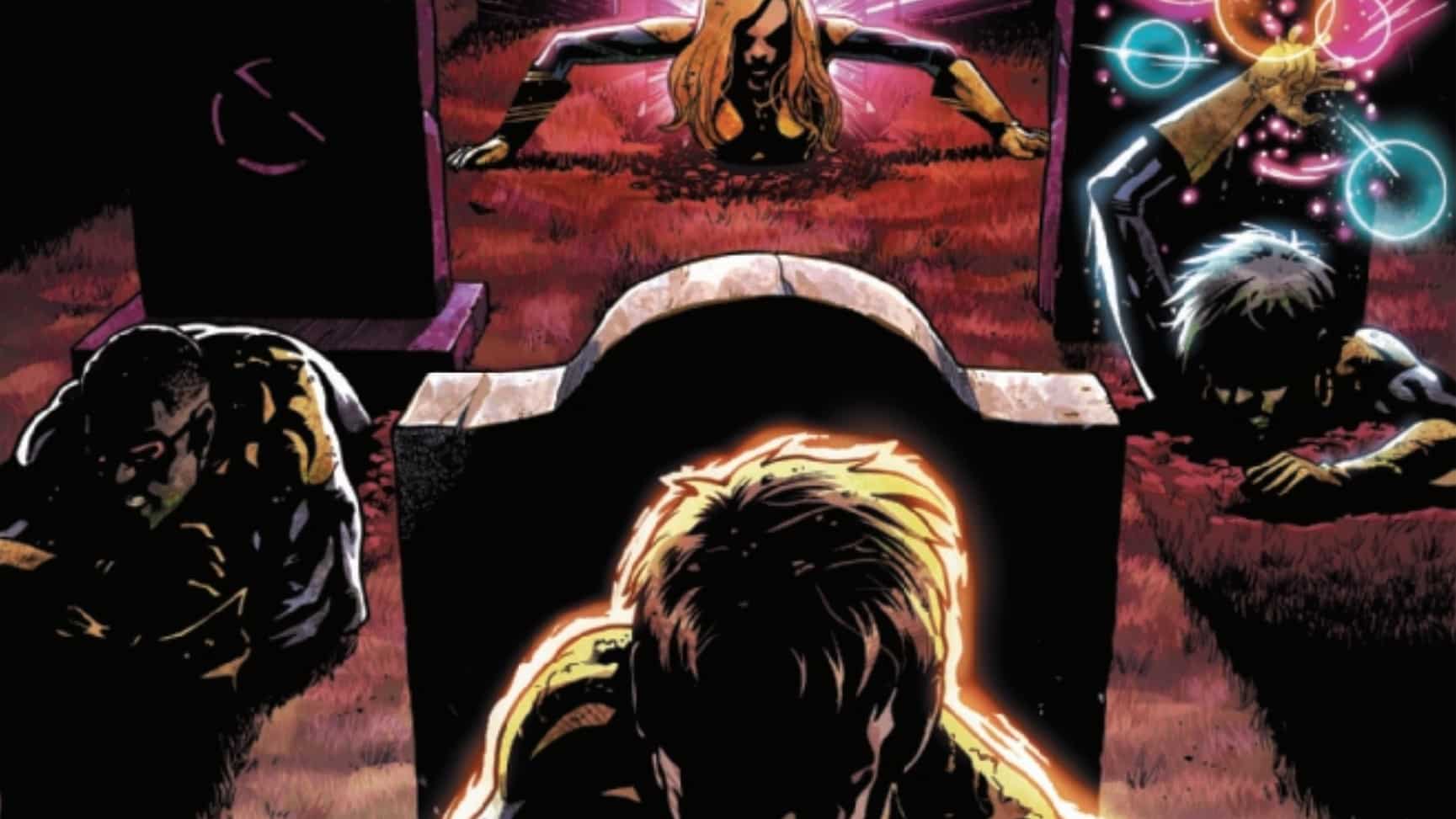Remy LeBeau may not be able to keep a de-aged, pre-teen Ororo safe, but at least he can…. defend a hot farmer outside St. Louis from real estate developers? Gambit #2, written by Chris Claremont, drawn by Sid Kotian, colors by Espet Grundetjern, letters by Clayton Cowles.
Stephanie: Stephanie, you really liked the first issue of this nostalgia-fueled Claremont throwback title. Are you still on board for the second?
Stephanie: Well, I’m not exactly overboard. Let’s say it’s chugging down the river and I’m still along for the ride.
Take Me to the River

Stephanie: Does this feel like a fill-in issue to you? I mean, we got a lot of trails laid last issue: Gambit the semi-reformed thief and his ward ‘Ro are on track to find and defeat the Shadow King, unless the Shadow King finds them first. But they don’t– as far as I can tell– find any Shadow substance here: it’s an automobile wreck, a near-drowning, and a side quest to save a farmhouse from evil developers, topped off with a supervillain fight against a guy I’m afraid I don’t recognize, though I suspect Zack will. He’s not a Claremont creation, is he? [Ed. note: I do not, I belive he’s an OC]
Stephanie: Stephanie, you’re getting ahead of yourself.
Stephane: Good point. I think I’m just lonely, since no one else around here likes late Claremont as much as I do. And there’s a lot to like here, though mostly it’s side bits, well-framed action sequences from Kotian, and Claremontian purple-gold dialogue. Mystery ex-Marine farmer lady saves ‘Ro, in fine, dramatic panels, from drowning, and then drives our pair to her house, while Gambit ruminates: “Don’t you dare die, li’l one. This ain’t how our story’s s’posed t’end. You an’ me, ‘Ro, we only just barely begun.” Only just barely…. chef’s kiss. And Gambit’s a fine chef.
Stephanie: Gambit’s speech patterns are always… Gambit’s speech patterns, and if you find them charming, that’s great. But it sounds like you’re looking hard for stuff to like about an issue with a rather predictable Hollywood plot: hot lady needs to save her land from speculators, and our hero helps. Would you say that you’re a bit far inside your own head, far from the reality of the story?
Stephanie: Not as far as ‘Ro, who spends most of the issue unconscious, in a black-and-white dreamworld. There she meets her late foremother Ashaké, whose name sounds like the Hindi for “hope” and the Arabic for “lovers.” Do you think either of those translations is intentional? Or do you see a missed opportunity here for Claremont to, you know, do some research about African languages, cultures, religions?
Stephanie: The latter, alas. The generic “Africanness,” or even Kenyan-ness (where in Kenya are we? what are the landmarks?), in some 1980s Storm stories (“Lifedeath II,” I’m looking at you) can at least be excused because in the 1980s Internet research wasn’t a thing. White people who wanted to learn something about Kenya had to visit a library, or find somebody from Kenya. In 2022, though? Even a writer who’s arguably the superhero comics GOAT, who’s done so much that he can crib off himself for years and still tell thoughtful stories, even a creator like that could do better. [Ed. note: An interesting wrinkle? Ashaké was introduced back in Claremont’s New Mutants. The sins of the past never really wash away.]
But let’s talk about Claremont’s America.
This Must Be the Place

Stephanie: Claremont wants to take us to particular regions and places, which is cool, even if this one doesn’t get a name. Gabriella DiCastro, an ex-Marine, owns the farmhouse. Her “mama’s a doctor,” in fact an ex-Army doctor. That means she can stand over the waylaid, saved-from-drowning ‘Ro with a stethoscope and pronounce ‘Ro “a real scrapper… Her vital signs are strong and stable.” Also strong, if not stable: Gambit himself, who flexes his pecs in a shirtless, literally splashy panel when he dives into the Mississippi and recovers his own stash of stuff from the car wreck. Beefcake!
Stephanie: It’s not exactly Sam and Bobby in the shower, but it’s high quality beefcake. Claremont used to take every opportunity to get Ororo unclothed and wet: since Ororo’s a child, Remy gets wet and topless instead. Well done, sir. Well done.
Stephanie: The bit’s well done, but the plot’s not exactly rare: the goons who ran Remy’s car off the road, and the dudes who threaten Gabriella, work for a real estate dude called Solarz, who wants her to sell the family farmhouse. “He wants our land for big-money estates…. And nobody seems to care.” Superheroes step in where local, state and federal law enforcement and civil society can’t help the helpless: that’s how superheroes should work, and it’s what Remy wants to do. It’s fun to watch Remy intimidate him and his henchmen with a bit of superhero business, just lighting up cards and making them go boom: Remy truly enjoys playing the hero. Especially when someone he likes gets to watch. And he has the very much requited hots for Gabriella, because he’s Remy and this is Claremont. Consenting adults, amirite?
Stephanie: That’s fair, I guess. You know what’s not fair? Solarz’s goons interrupting what would have been Remy and Gabriella’s first passionate kiss. They don’t know what they’ve signed up for. I guess when you fall for Gambit– and so many, many among us have fallen for Gambit– you never do.
Stephanie: Given that Solarz wants to build high-end housing on what the comic tells us is a flood plain, with the river’s levels rising year over year, in what appears to be rural west Tennessee, I’m not sure Solarz knows what he’s signed up for either. I wonder if there’s a more complex plot afoot.
Burning Down the House

Stephanie: Solarz isn’t just a real estate developer from Villainy Central: he’s a real estate developer from Villainy Central who, once he knows he’s facing a superhero, can bring in a powered villain whom I’m sad to say I don’t recognize. Do you?
Stephanie: You and I are the same person, so no. I bet some of our ComicsXF colleagues would: he looks like someone who fought the Hulk in the 1980s, or maybe Iron Man. Or Captain America. Cool, but generic. Blue skin, red highlights, punches really hard, possibly has metal skin. Speaking of generic, isn’t there something generic about the whole storyline? Like, Gambit #1 could only have been a Remy and ‘Ro story: you couldn’t have done it with, say, Carol Danvers and America Chavez, or Logan and Laura. But this plot– car, river, home, fight– could star any number of heroes on a road trip. Except for the smooches with Gabriella it’s not especially an X-story.
Stephanie: That’s not fair! The Gambit part’s generic, but the ‘Ro part could only be young Storm. She takes advice from Ashaké, orients herself in the black-and-white dream-space, wakes up because her real-life house, Gabriella’s house, is really on fire, and sees that Ashaké has summoned, or helped ‘Ro summon, a rainstorm to put the fire out. “Why train me and then leave me to burn to death?” ‘Ro asks her dream-foremother, who hasn’t left her so much as prepared her. And then Storm resolves to “try to heal the world.” Just like her older self did.
Stephanie: It’s lovely. And the art– not only Kotian but the colorist, Espet Grundetjern– really sells it. Flame and ash and smoke colors, and then the cooling blues of a thunderstorm becoming a diminishing rain shower, with most of our characters standing out in it.
Stephanie: Did you just call this comic outstanding? because it’s not.
Stephanie: It’s not. But it’s a pretty good story about Storm and Gambit, in an often-neglected part of America. And Gambit takes his shirt off. That has to count for something, right?
Wild Cards:
- Gambit wears suspenders and white wading trousers. He’s dressed up to enter the river– which makes sense; where he’s from they know some things about floods.
- ’Ro thinks in Arabic, which is cool. (But not in Arabic characters.)
- Is Solarz an ongoing villain? Is he connected to Roxxon Agro, seen on billboards? Will he become more interesting?
- If Gambit and ‘Ro are headed down the river, is our next stop Memphis, Tennessee?
Stephanie Burt is Professor of English at Harvard. Her podcast about superhero role playing games is Team-Up Moves, with Fiona Hopkins; her latest book of poems is We Are Mermaids. Her nose still hurts from that thing with the gate.

